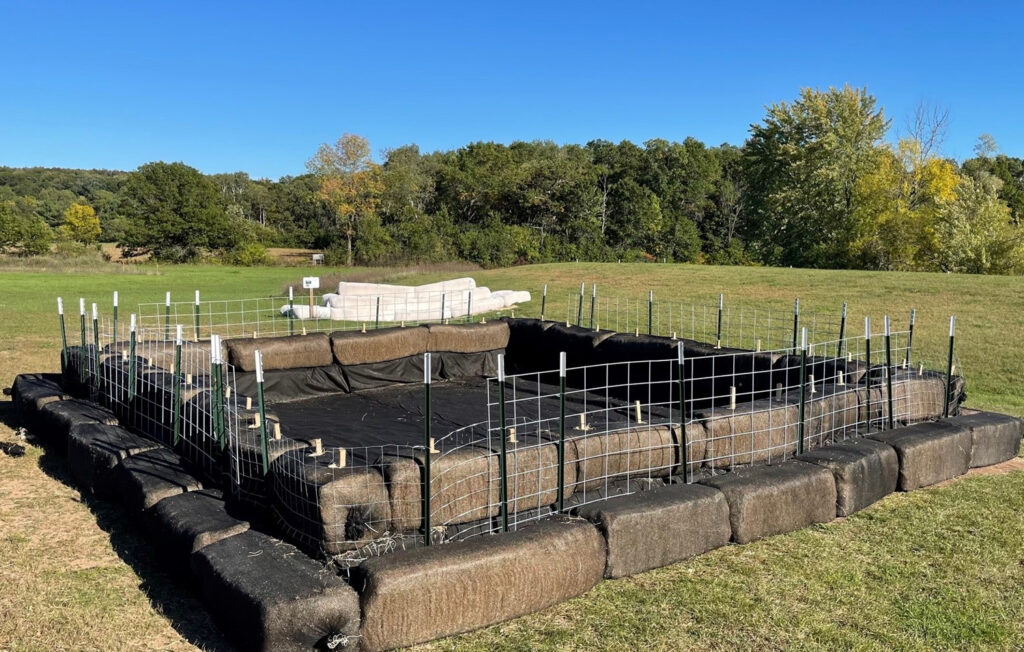Erosion control, sediment control, revegetation and dewatering activities are common at mining sites. The Erosion Control Technology Council (ECTC) is a leading industry organization home to top manufacturers of erosion and sediment control products, component suppliers, material distributors and test laboratories. ECTC members are dedicated to advancing the knowledge, experience and expertise of erosion and sediment control. The nonprofit organization’s mission is to develop performance standards, uniform testing procedures and guidance on the application and installation of hydraulic erosion control products (HECPs), rolled erosion control products (RECPs) and sediment retention fiber rolls (SRFRs). ECTC recently expanded its reach to other technologies as well and promotes the use of erosion and sediment control products through industry leadership and education in the hope of making a substantial contribution to the science of erosion control and environmental preservation.

Expertise from ECTC members is applied to mine applications on a regular basis. There is a plethora of different types of mines; erosion control applications vary across them. ECTC’s toolbox of specifications and applicable products, which have been verified through standardized industry testing, are perfect fits for the challenges of the mining world. ECTC’s online toolbox also features CAD installation drawings, installation instructions, “how-to” installation videos and fact sheets about each technology type.
Revegetation is commonly required throughout various stages of the mining process. HECPs and RECPs are solutions to many revegetation needs at mining sites. Both technologies offer features and benefits to consider for basic revegetation requirements. For example, HECPs may be more suitable for a tough-to-reach slope face, whereas RECPs may be more suitable for longer or steeper slopes, areas of concentrated flow and longer functional longevity requirements. HECPs and RECPs complement one another nicely across the varying revegetation and erosion control needs at mines.
Channelized flow conditions are common at mining sites, where water needs to be conveyed safely without eroding the landscape. Degradable RECPs, known as erosion control blankets (ECBs), have permissible shear stress ratings of 2.25 pounds/square foot (10.9 kg/m2), according to ASTM D6460 testing per ECTC specifications. If long-term protection and/or reinforcement is desired, turf reinforcement mats (TRMs) containing stabilized synthetic components, provide a minimum unvegetated permissible shear stress rating of 2.0 pounds/square foot (9.8 kg/m2), according to D6460. In addition, vegetated TRMs have vegetated permissible shear stress ratings up to 14.0 pounds/square foot (68.4 kg/m2). Under verified conditions, TRMs may be suitable replacements to rock riprap channels and down shoots at mines. TRMs are also regularly utilized to reinforce vegetation in ditches next to haul roads at mining operations.
SRFRs and other sediment control products are also common tools used at mines. Various forms of these sediment control products are often placed across slopes at mines to break up the effective slope length and prevent concentrated flow conditions from developing on the slopes. Areas of channelized flow at mines may also incorporate sediment control products.
Dewatering activities at construction sites are becoming more common, including at mines. Dewatering is a process that basically filters the water before returning it to the site so activities can resume. For example, when rain fills a depression on an active construction site, the water is commonly pumped out of the area so construction activities may resume on the subgrade. Aspen excelsior block dewatering stations are one option for meeting challenging requirements. The stations incorporate a dewatering geotextile bag in the middle of the structure. Sediment-laden water is pumped into the bag; then water exiting the bag flows across other fabric and ultimately through the natural aspen excelsior filter blocks before exiting the system. Commercially available dewatering sleds provide a mobile option for the dewatering stations. Other successful temporary dewatering options include sand filters.
Mining sites typically have a variety of erosion control, sediment control, revegetation and dewatering needs. Thus, several different products provided by ECTC members are frequently used at mine sites at any given time. Please let us know if our members need to work on providing solutions to other challenges at mines that we are not presently fulfilling.
Please contact Jon Curry (jcurry@ectc.org), ECTC executive director, with any questions or comments regarding this article. He will be sure to communicate your questions or comments to ECTC membership, then provide a timely response.
 TEXTILES.ORG
TEXTILES.ORG


